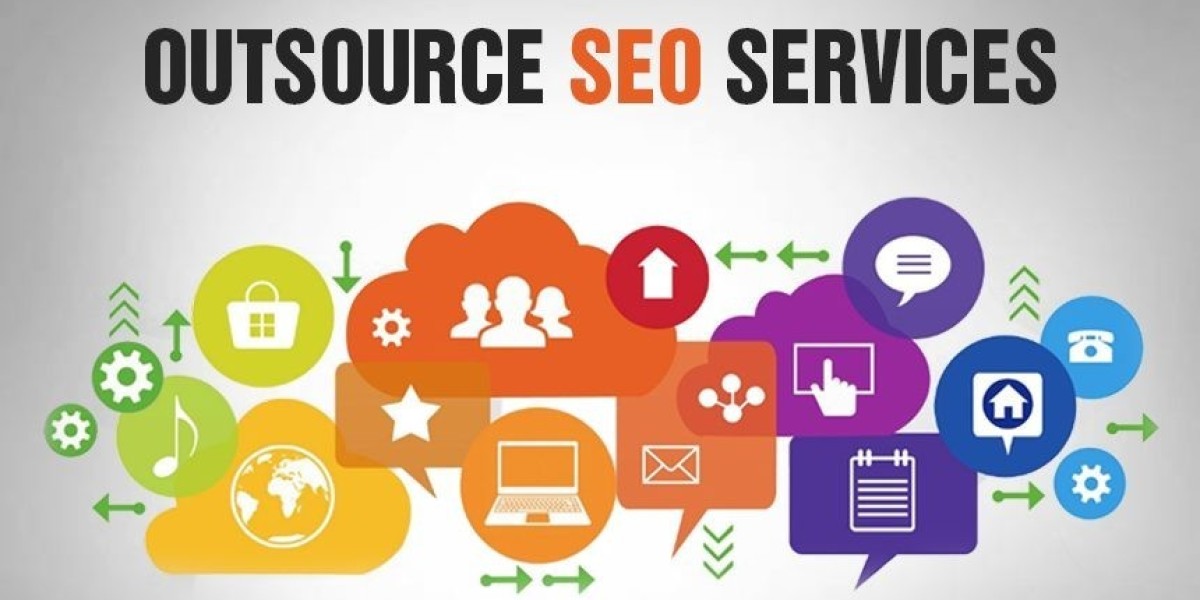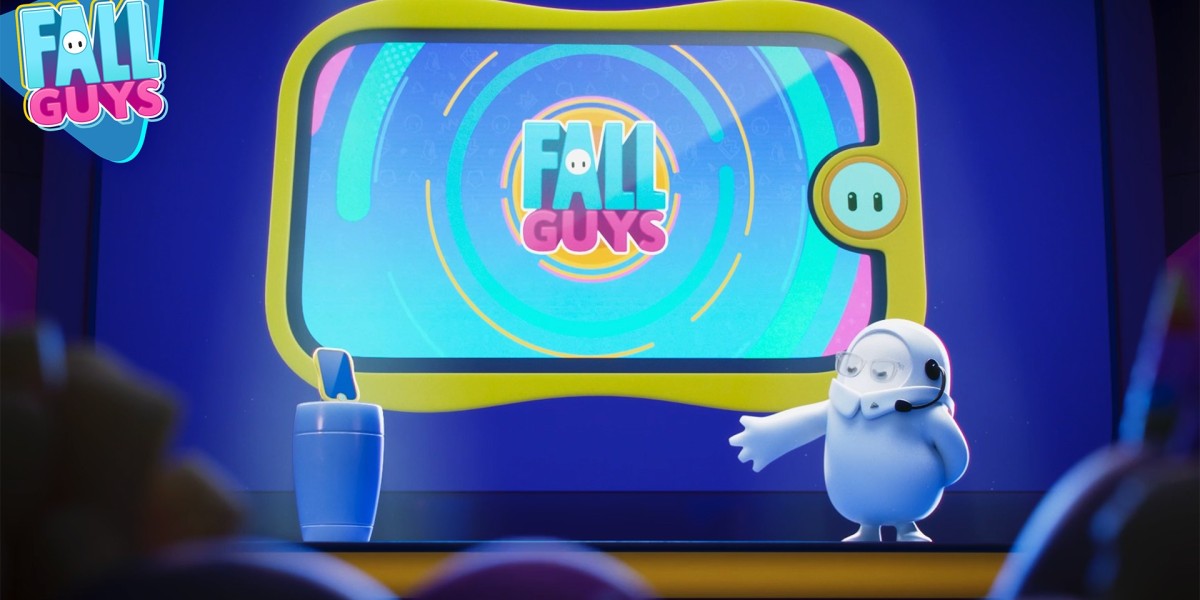Imagine a future where your neighborhood pharmacy doesn't just stock pre-made medications, but can whip up a personalized dose on the spot, tailored to your specific needs. This might sound like science fiction, but thanks to 3D printing technology, it's becoming a reality.
The Rise of Personalized Medicine
The field of medicine is rapidly moving towards personalization. Doctors are increasingly understanding how genetic variations and individual health profiles influence how patients respond to medications. A one-size-fits-all approach simply doesn't cut it anymore.
This is where 3D printing comes in. 3D printers can create customized medications with precise dosages and combinations of active ingredients, catering to individual patient needs. This technology holds immense potential for several areas of medicine, including:
- Dosage customization: For patients who have trouble swallowing pills or require very specific dosages, 3D printing can create medications in various forms, such as dissolvable tablets or precisely measured liquids.
- Combination medications: For patients taking multiple medications, 3D printing can combine them into a single pill, improving adherence and reducing the risk of medication interactions.
- Complex drug delivery: 3D printing can create medications with targeted release mechanisms, allowing for sustained release or localized delivery of drugs to specific sites in the body.
Pharmaceutical Contract Manufacturers and the 3D Printing Revolution
The adoption of 3D printing in pharmaceuticals presents exciting opportunities for contract manufacturers (CMOs) and Contract Development and Manufacturing Organizations (CDMOs). These companies partner with pharmaceutical and biotech firms to develop, manufacture, and package their drugs.
Here's how PCMs and CDMOs can leverage 3D printing:
- Expanding service offerings: By incorporating 3D printing into their capabilities, PCMs and CDMOs can offer a wider range of services to their clients, including the production of personalized medications.
- Faster turnaround times: 3D printing allows for on-demand manufacturing, potentially reducing production lead times and getting medications to patients faster.
- Reduced waste: Traditional manufacturing processes often generate excess medication. 3D printing allows for the creation of precise doses, minimizing waste.
Challenges and the Road Ahead
While 3D printing for custom medications holds immense promise, there are still challenges to overcome. Regulatory hurdles need to be addressed to ensure the safety and efficacy of 3D-printed drugs. Additionally, standardization of 3D printing processes and materials is crucial for wider adoption.
Despite these challenges, the future of 3D printing in pharmaceuticals looks bright. As technology advances and regulations evolve, we can expect to see more PCMs and CDMOs embrace this transformative technology, paving the way for a new era of personalized medicine.







